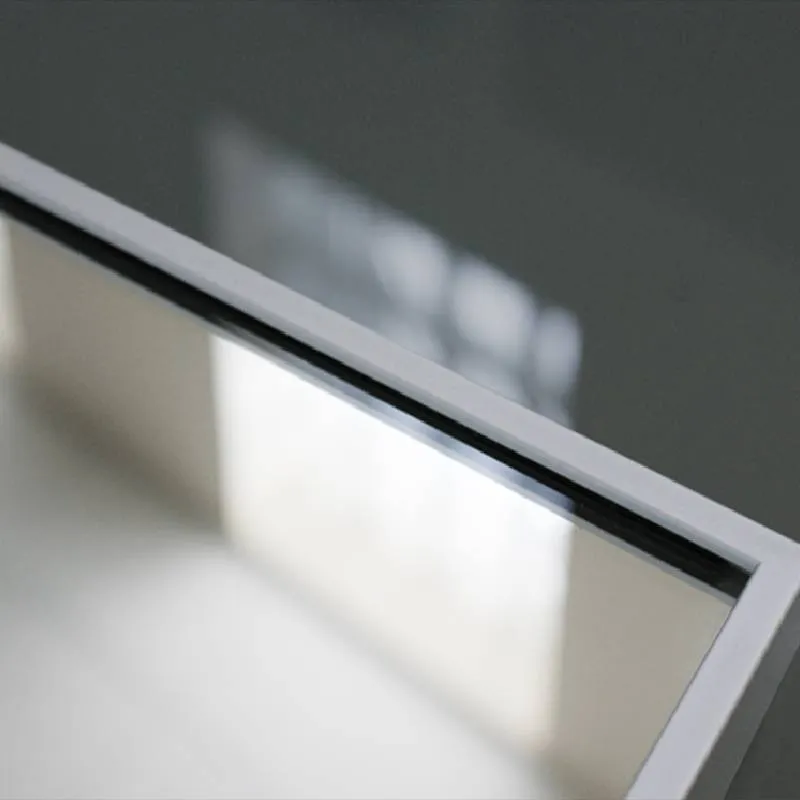

Understanding Tempered Glass Properties, Benefits, and Applications
Tempered glass, also known as toughened glass, has become a highly sought-after material in various industries, thanks to its superior strength and safety features. This article delves into the properties, benefits, and applications of tempered glass, shedding light on its importance in modern construction and design.
What is Tempered Glass?
Tempered glass is created through a special process of extreme heating followed by rapid cooling. This thermal treatment enhances the strength of the glass, making it significantly more durable than standard glass. Typically, the production process involves heating the glass to temperatures over 600 degrees Celsius and then cooling it quickly, which creates compression on its surface and tension in its interior. This unique treatment results in a product that can withstand thermal stress and physical impact.
Key Properties of Tempered Glass
One of the most notable properties of tempered glass is its strength. It is about five to six times stronger than non-tempered glass of the same thickness. This makes it suitable for high-stress environments, such as facades and glass doors. Additionally, tempered glass has improved resistance to thermal stress. It can endure sudden temperature fluctuations without breaking, which is crucial in applications where temperature variations are common.
Another important characteristic of tempered glass is its safety. When broken, tempered glass shatters into small, blunt pieces, reducing the risk of injury compared to standard glass, which can form sharp shards. This safety feature makes tempered glass an ideal choice for applications where human safety is a concern, such as in buildings, vehicles, and public spaces.
Benefits of Using Tempered Glass

The benefits of incorporating tempered glass into construction and design projects are manifold. Firstly, its strength allows for larger panes of glass in structures without compromising safety, enabling architects to create stunning designs characterized by expansive views and sleek aesthetics.
Secondly, the thermal strength of tempered glass also contributes to energy efficiency. By allowing more natural light into a space, it reduces the need for artificial lighting, which can lead to lower energy costs. Furthermore, its ability to withstand thermal stress can help maintain internal temperatures, contributing to the overall energy performance of a building.
Tempered glass is also aesthetically pleasing. Available in various finishes and tints, it allows designers and architects to customize their projects to meet specific visual and functional requirements. Additionally, its smooth finish makes it easy to clean and maintain, further enhancing its appeal in both residential and commercial applications.
Applications of Tempered Glass
Due to its exceptional properties, tempered glass is widely used in a variety of applications. In residential construction, it is commonly utilized for shower doors, balconies, railings, and large windows, where safety and aesthetics are paramount. In commercial settings, tempered glass is employed in storefronts, glass walls, and office partitions, creating an open and inviting atmosphere.
Moreover, tempered glass has significant applications in the automotive industry. Windshields and side windows in vehicles often utilize tempered glass for its strength and safety benefits. Additionally, it is used in appliances like ovens and cooktops, where it needs to withstand high temperatures.
Conclusion
In summary, tempered glass stands out as a versatile and valuable material in today’s construction landscape. Its unique properties, including increased strength, thermal resistance, and safety, make it an essential choice for architects, designers, and builders. As innovation continues to advance in glass technology, the role of tempered glass in creating safe, energy-efficient, and aesthetically pleasing environments will undoubtedly grow, paving the way for even more creative applications in the future.